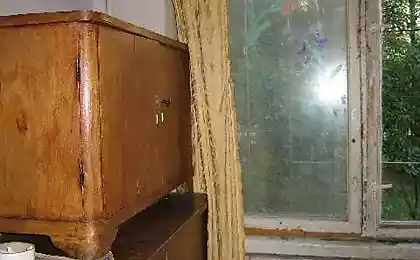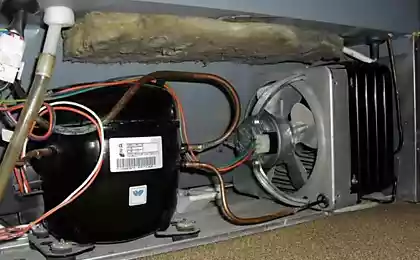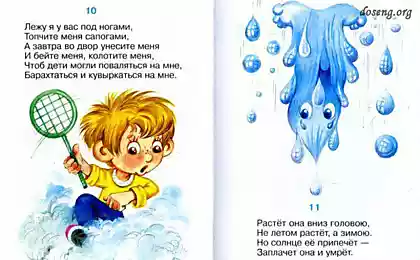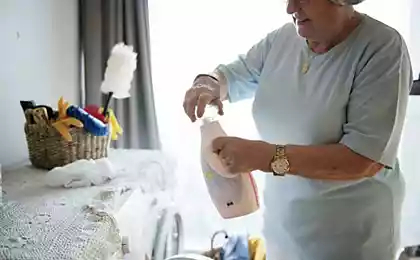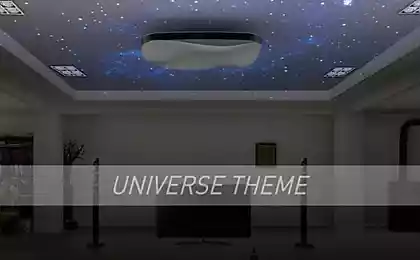439
What is an R-32 or why you need a new air conditioning
In 2014, the area of the giant ozone hole over Antarctica reached 23.4 million km2 exceeding the area of the mainland 1.7 times. For comparison, the area of Russia is 17 million km2. According to most ecologists, one of the causes of ozone layer depletion began refrigerants — chemicals used in refrigeration devices.
This is why manufacturers of household appliances, especially air conditioners, strive to create the most eco-friendly device. So, in 2012, the Japanese company Daikin has developed a unique refrigerant R-32, which, according to her, is one of the most progressive refrigerants in the world and inflicts minimal harm to the environment. What is "refrigerants" and how they differ from each other?
The refrigerant is freon (saturated hydrocarbons) used in refrigeration plants. Simply put, coolant is what runs your air conditioner. Refrigerant during boiling "takes" the heat in the room, and then, being compressed in the compressor of the outdoor unit, "gives" her to the street. It is this constantly recurring cycle, and creates coolness in your home.
A significant event, which gave impetus to the whole industry, occurred in 1931 — the same company Daikin first synthesized freon, creating the first safe refrigerant. Until that time, all the air conditioners worked on ammonia, which had a devastating effect on the human body.
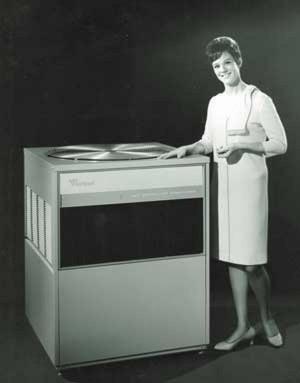
In the 1970's, scientists have sounded the alarm: weather balloons launched in Antarctica, recorded in the stratosphere a sharp decline in ozone concentration (nearly 30%). Just then there was a hypothesis that under the influence of hard ultraviolet radiation, the chlorine atoms and bromine can be separated from the molecules of the refrigerant to destroy the ozone layer of the Earth.
Until 80-ies, the vast majority of air conditioning units worked with refrigerant R-12, soorstrasse the potential of which was equal to 1, and the global warming potential - 10,900. Scientists have achieved that in 1992 at the conference in Copenhagen adopted a decision on the termination of its production. On replaced R-22 refrigerant c-depleting potential equal to 0.05 is much smaller than its predecessors, but still not safe enough. Under the Montreal Protocol, adopted in 1987, R-22 refrigerant must be fully discontinued worldwide. In Russia, for example, the import of equipment containing R-22 has been prohibited since 2013.
That is why was developed by company Daikin new refrigerant R-32 is so important. The refrigerant R-32 has not only zero ozone-depleting potential, and low coefficient of global warming — 675. Air conditioners are running on R-32, is not only safe for the environment, but also more energy efficient as they require much less fuel. In addition, R-32 is easier to use and disposal.
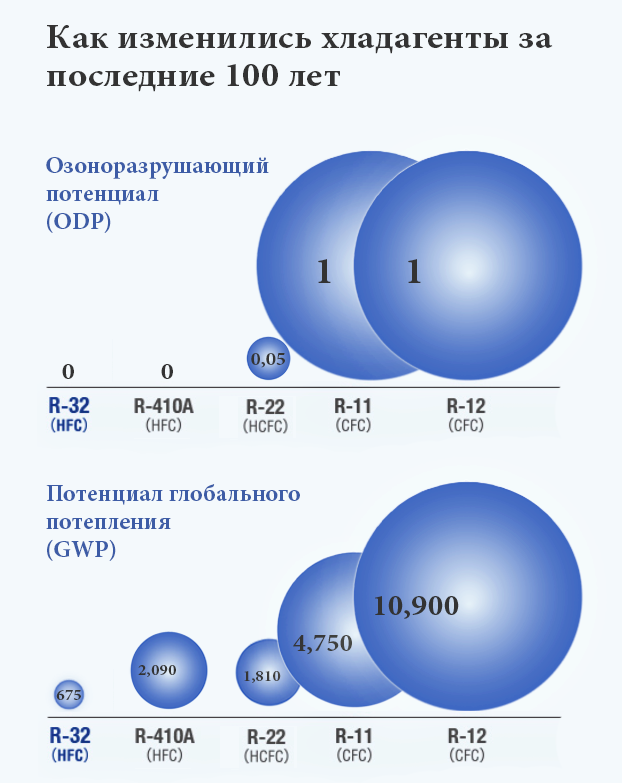
For Daikin tightened other major manufacturers of split systems Midea, Mitsubishi Electric, Toshiba, Panasonic, Fujitsu General, Hitachi, Hisense – which also began to produce air conditioners in a safe refrigerant.
However, to keep up with the leader, while very few people manage: following the line of split systems (air cult Ururu-Sarara, designer model Emura, a few more simple models), Daikin was the first in the world multi system (household air-conditioning system in which a single outdoor unit connect up to seven internal) for R-32, and already announced the release of semi-industrial and industrial equipment on the new refrigerant.
Source: /users/1077
This is why manufacturers of household appliances, especially air conditioners, strive to create the most eco-friendly device. So, in 2012, the Japanese company Daikin has developed a unique refrigerant R-32, which, according to her, is one of the most progressive refrigerants in the world and inflicts minimal harm to the environment. What is "refrigerants" and how they differ from each other?
The refrigerant is freon (saturated hydrocarbons) used in refrigeration plants. Simply put, coolant is what runs your air conditioner. Refrigerant during boiling "takes" the heat in the room, and then, being compressed in the compressor of the outdoor unit, "gives" her to the street. It is this constantly recurring cycle, and creates coolness in your home.
A significant event, which gave impetus to the whole industry, occurred in 1931 — the same company Daikin first synthesized freon, creating the first safe refrigerant. Until that time, all the air conditioners worked on ammonia, which had a devastating effect on the human body.

In the 1970's, scientists have sounded the alarm: weather balloons launched in Antarctica, recorded in the stratosphere a sharp decline in ozone concentration (nearly 30%). Just then there was a hypothesis that under the influence of hard ultraviolet radiation, the chlorine atoms and bromine can be separated from the molecules of the refrigerant to destroy the ozone layer of the Earth.
Until 80-ies, the vast majority of air conditioning units worked with refrigerant R-12, soorstrasse the potential of which was equal to 1, and the global warming potential - 10,900. Scientists have achieved that in 1992 at the conference in Copenhagen adopted a decision on the termination of its production. On replaced R-22 refrigerant c-depleting potential equal to 0.05 is much smaller than its predecessors, but still not safe enough. Under the Montreal Protocol, adopted in 1987, R-22 refrigerant must be fully discontinued worldwide. In Russia, for example, the import of equipment containing R-22 has been prohibited since 2013.
That is why was developed by company Daikin new refrigerant R-32 is so important. The refrigerant R-32 has not only zero ozone-depleting potential, and low coefficient of global warming — 675. Air conditioners are running on R-32, is not only safe for the environment, but also more energy efficient as they require much less fuel. In addition, R-32 is easier to use and disposal.

For Daikin tightened other major manufacturers of split systems Midea, Mitsubishi Electric, Toshiba, Panasonic, Fujitsu General, Hitachi, Hisense – which also began to produce air conditioners in a safe refrigerant.
However, to keep up with the leader, while very few people manage: following the line of split systems (air cult Ururu-Sarara, designer model Emura, a few more simple models), Daikin was the first in the world multi system (household air-conditioning system in which a single outdoor unit connect up to seven internal) for R-32, and already announced the release of semi-industrial and industrial equipment on the new refrigerant.
Source: /users/1077


